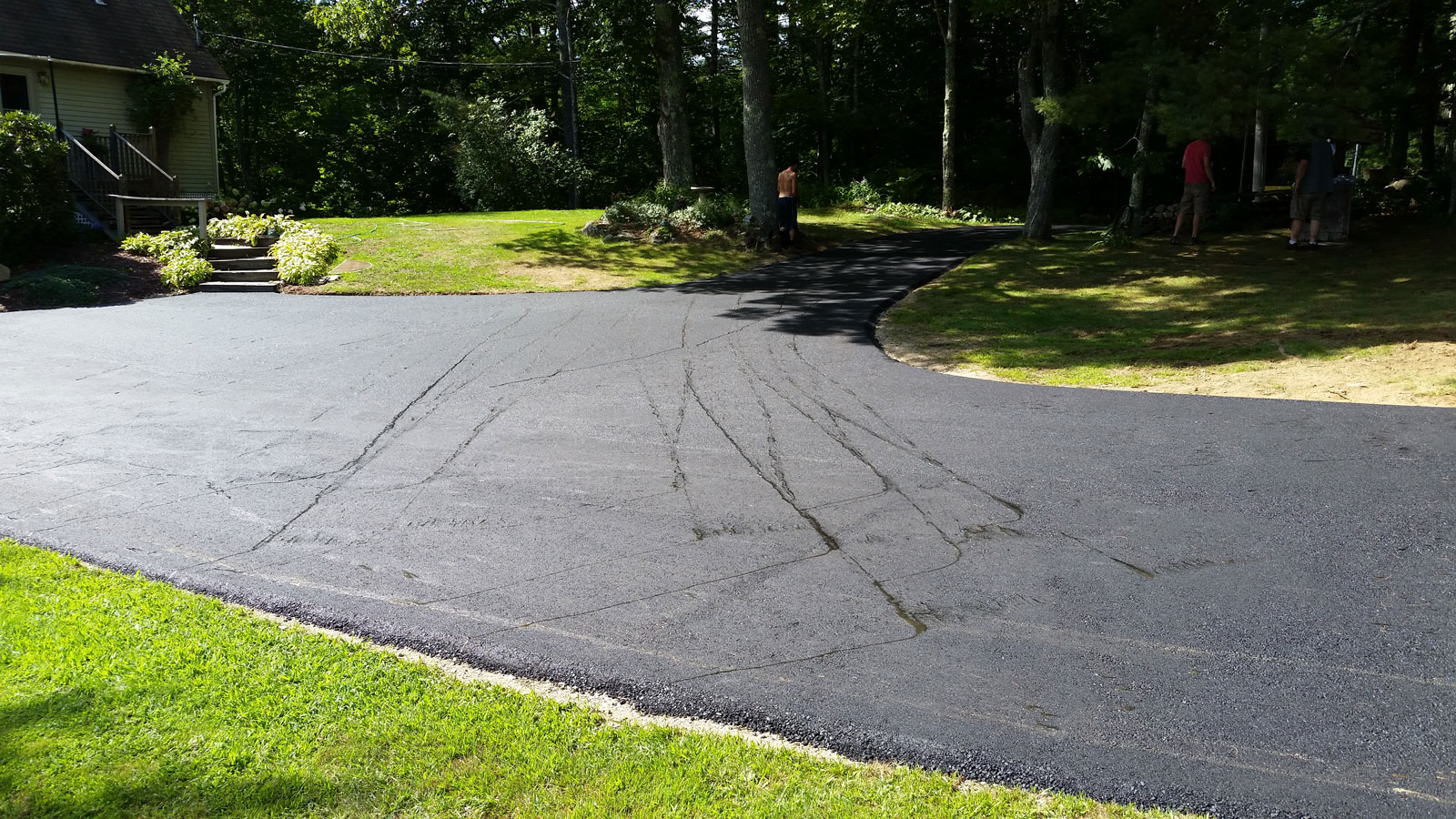Resilient Outcomes: Asphalt Patch Repair Through Precision Sealing
Resilient Outcomes: Asphalt Patch Repair Through Precision Sealing
Blog Article
Cold Mix Asphalt Vs. Hot Mix Asphalt: Which Is Right for You?

Make-up Differences
Cold mix and warm mix asphalts differ substantially in their make-up, with unique features that impact their efficiency and applications. Cold mix asphalt is generated by emulsifying the asphalt binder with water and an emulsifying representative before blending it with accumulation. This approach enables the asphalt to be practical at lower temperatures, making it excellent for short-term repair work and for usage in colder climate condition. Warm mix asphalt, on the other hand, is manufactured at heats, typically between 300-350 ° F, which helps to achieve much better compaction and an extra sturdy final item. The hot mix asphalt manufacturing process includes heating the aggregate and asphalt binder separately before integrating them at the asphalt plant.
Furthermore, cold mix asphalt often tends to be much less thick and a lot more adaptable than warm mix asphalt. This versatility makes it far better suited for areas with greater degrees of activity, such as driveways or roadways with hefty web traffic. In contrast, hot mix asphalt is understood for its high longevity and resistance to rutting and fracturing, making it a recommended option for freeways and high-traffic roadways where durability is important.
Setup Process Variations
The process of installing cold mix and warm mix asphalt exhibits noteworthy variances in their procedures and needs. Cold mix asphalt, being a more adaptable product, can be applied straight from the bag or container onto the pocket or damaged area. It needs minimal preparation work, such as cleansing the location and compacting the cool blend with hand devices. This makes it a practical option for fast and temporary repairs. In contrast, warm mix asphalt demands an extra sophisticated installation procedure. It involves heating the mixture to high temperature levels before laying it down on a correctly ready base. The preparation consists of condensing the base, applying a tack layer, and making use of hefty machinery like pavers and compactors for a smooth and sturdy finish. As a result of the heating needs, hot mix asphalt installations are usually accomplished by experts with customized devices, guaranteeing a more structurally sound and long-term outcome.
Longevity and Longevity Elements
When considering asphalt options, resilience and longevity are crucial variables to examine for enduring sidewalk performance. Warm mix asphalt (HMA) is understood for its extraordinary durability and long life.
In regards to longevity, HMA normally outshines CMA because of its important site exceptional toughness and resistance properties. HMA pavements have a longer life span, needing less constant repair work and maintenance, which can equate to cost financial savings in the future. In addition, HMA sidewalks are a lot more easily adjustable to meet specific task demands, better improving their durability.
Cost Factors To Consider
Taking into consideration the financial ramifications is a vital element when examining the selection between hot mix asphalt (HMA) and cold mix asphalt (CMA) for sidewalk projects. While the initial cost of hot mix asphalt is generally higher than that of cold mix asphalt, HMA usually supplies a much more economical option in the long run due to its superior toughness and longevity.
In enhancement to material prices, it's necessary to consider the costs connected with installment and maintenance when contrasting HMA and CMA. Eventually, the decision between HMA and CMA must take into account not angle parking just the first price however additionally the long-term monetary effects to figure out the most his explanation affordable alternative for the particular sidewalk task.
Environmental Effect Comparison
Contrast of the environmental effects between warm mix asphalt (HMA) and cold mix asphalt (CMA) exposes distinctive differences in sustainability techniques. HMA manufacturing calls for high temperatures, causing increased energy consumption and greenhouse gas discharges. The procedure additionally launches volatile natural substances (VOCs) and hazardous air pollutants (HAPs) into the atmosphere. On the other hand, CMA is generated and applied at lower temperatures, decreasing power use and emissions substantially. The reduced manufacturing temperature levels of CMA lead to lowered gas intake and reduced levels of CO2 emissions, making it a much more eco-friendly choice.
In addition, the usage of CMA commonly includes reusing existing asphalt pavement, advertising source conservation and lowering the amount of waste sent to garbage dumps. By choosing for CMA over HMA, roadway building projects can add positively to ecological preservation efforts.
Conclusion
In verdict, the option in between cold mix asphalt (CMA) and warm mix asphalt (HMA) depends upon numerous elements such as make-up, installment process, resilience, long life, cost, and ecological influence. asphalt patch repair. While CMA provides a economical and fast service for small fixings, HMA guarantees remarkable longevity and durability for hefty website traffic locations. Think about these aspects carefully to figure out which kind of asphalt is the appropriate choice for your paving needs

Considering the monetary implications is a vital aspect when reviewing the option in between warm mix asphalt (HMA) and cold mix asphalt (CMA) for sidewalk tasks. While the first cost of hot mix asphalt is commonly higher than that of chilly mix asphalt, HMA often supplies an extra cost-effective option in the lengthy run due to its superior sturdiness and longevity. asphalt repair.Comparison of the environmental effects in between warm mix asphalt (HMA) and cool mix asphalt (CMA) reveals distinct differences in sustainability techniques.In conclusion, the option in between chilly mix asphalt (CMA) and warm mix asphalt (HMA) depends on numerous factors such as structure, setup procedure, durability, longevity, cost, and ecological influence
Report this page